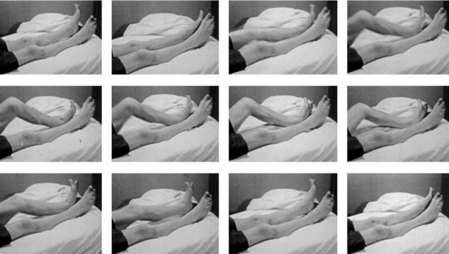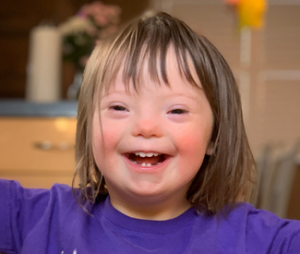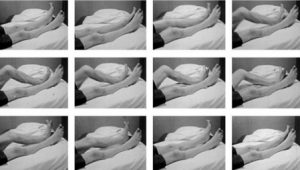Leg movement disorders are classified medically as sleep-related movement disorders (SRMD) per the most recent edition of the International Classification of Sleep Disorders.
These conditions can be severely disruptive to getting healthy shut-eye, resulting in poor sleep quality. Because healthy sleep is critical for good health, disrupted sleep due to leg movement disorders can, in turn, lead to potentially devastating health outcomes.
Here we’ll survey two main types of leg movement disorders, what modern medical science tells us about their causes, and the most current treatment strategies.
Periodic limb movement disorder (PLMD)
Periodic limb movement disorder (PLMD) is a condition in which the child experiences repeated night awakenings due to repetitive movements of the legs during sleep. It was previously termed sleep myoclonus or nocturnal myoclonus.
What are the symptoms of PLMD?
The primary symptoms of PLMD include:
- non-restorative sleep
- frequent awakenings from sleep
- daytime fatigue
- daytime sleepiness
The exact cause of this disorder is also unknown, but we have important clues regarding its origin that we’ll discuss here. Certain drugs are known to exacerbate PLMD symptoms, including certain antidepressants, antipsychotics, caffeine, and antihistamines.

Restless legs syndrome (RLS)
Restless legs syndrome (RLS) is a condition in which the child experiences unusual or uncomfortable sensations in his/her legs during rest or sleep.
Leg movement disorders often come in tandem. Data shows that 80% of patients clinically diagnosed with RLS also have PLMD.
What are the symptoms of RLS?
Symptoms include crawling, painful or tingling sensations, as well as the uncontrollable urge to move the legs.
As with PLMD, the exact cause of RLS is unknown, but we know much more now than we did just a few years ago regarding its origins.

What causes leg movement disorders?
As we mentioned, researchers are still investigating the precise causal mechanisms behind leg movement disorders. The most plausible theory is that irregular neurotransmitter signaling (most notably dopamine) in the central nervous system causes leg movement disorders
“Dopaminergic dysfunction has been suggested on the basis of clinical improvements observed after dopaminergic treatment. Post-mortem, neuroimaging and biohumoral studies have suggested that brain iron deficiency (BID) may also play a role in RLS pathophysiology. More recently, the involvement of other neurotransmitter pathway dysfunctions, including GABA and adenosine, has been suggested.”
Who is most at risk of developing leg movement disorders?
Leg movement disorders can affect anyone, but they are more likely to develop in patients who:
- are pregnant
- are withdrawing from drug dependence
- use stimulants, antidepressants, or dopamine antagonists
- have chronic renal or hepatic failure
- have an iron deficiency
How are leg movement disorders diagnosed?
Neurologists rely on a battery of tests to determine the presence of a leg movement disorder:
- Blood tests (hemoglobin, thyroid hormones levels, organ function
- Urine samples to screen for triggering drugs
- Polysomnography (sleep lab testing)
How are leg movement disorders treated?
Patients may benefit from a cocktail of pharmaceutical interventions to effectively treat leg movement disorders:
- opioids
- levodopa
- iron supplementation
- dopamine agonists (pramipexole, ropinirole, rotigotine)
- α2δ agonists (gabapentin, pregabalin)

Some of these medications, particularly opioids, come with their own inherent risks, including physical dependency. Accordingly, patients taking these medications should be monitored closely to prevent the development of dependency on these therapeutics.
Cessation of other drugs that can worsen leg movement disorder symptoms might also help, including quitting caffeine and possibly antidepressants/antipsychotics.
Always consult with your neurologist before beginning or discontinuing any pharmaceutical regimen.
Other potential treatment strategies with demonstrated clinical efficacy include:
- Moving the legs
- Massage
- Ice bath/ice application
For further information on leg movement disorders
Visit:
Contact Child Neurology Center of Northwest Florida to learn more about leg movement disorders
To learn more about leg movement disorders and their potential treatments, we’re always happy to serve our Northwest Florida neighbors with the latest science-backed information.
Contact Child Neurology Center of Northwest Florida with any questions you have.




